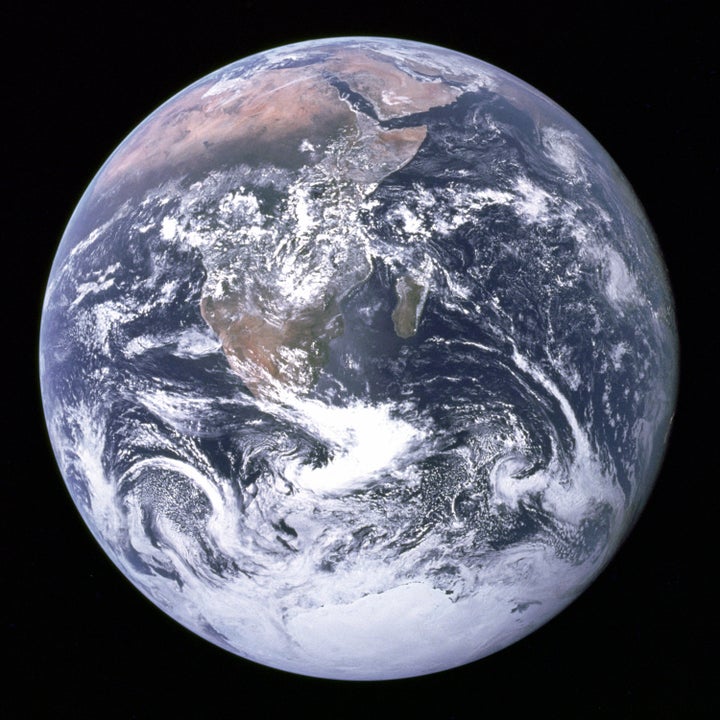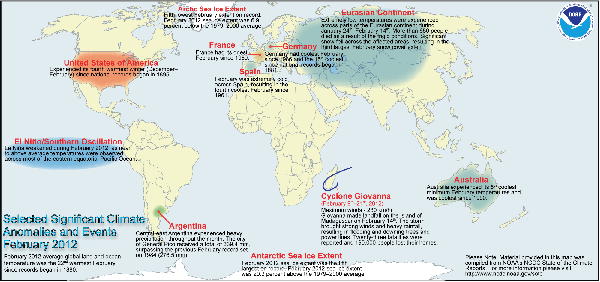
Reading any article based on statistics is a lesson in interpretation, and the latest global temperature statistics provide an opportunity for some differing opinions on the topic of the climate: While the United States had an exceptionally warm winter (fourth warmest) and global temperatures remained above average in February, global land areas were the coolest since 1994.
In other words, just as cold winter in the U.S. during the previous two years did not mean that it was cold globally, a warm U.S. winter this year didn't mean that it was warm globally. Determinations about global temperature trends need to be made based on global data, not the data in one part of the world.
The warmth in the U.S. in the winter (December through February) was exceptional, and it's a trend that has continued in earnest in March. However, the extreme cold affecting large portions of Europe from late January into February tempered the overall statistics, especially those for land surface temperatures.
The combined global land and sea surface temperature was 0.67 degrees (Fahrenheit) above the 20th century average, which is simultaneously the 22nd warmest February on record (since 1880) and the coolest February since 2008. The combined average land temperature was 0.68 degrees (F) above the 20th century average, which is simultaneously the 37th warmest February on record and the coolest since 1994.
The combined land and sea surface temperature is the most important since that gives the best overall indication of the global temperatures, and it remains above average. However, it may be surprising to those of us living in the currently warm U.S. weather to learn that land surface temperatures were the coolest they've been in nearly 20 years in February.

No matter what we think of the individual statistics, it's clear that February was a month of extremes. Temperatures across the Midwest, Northeast, and mid-Atlantic regions of the United States were exceptionally warm, averaging nearly 8 degrees above the 20th century average. Meanwhile, on the Eurasian continent, an estimated 650 people were killed by extreme winter conditions, including record cold and record snowfall.
Other highlights included France the driest February since 1859 in France, the coldest February since 1959 in Germany, and a Madagascar cyclone (another name for hurricane) that killed 23 and left 190,000 people homeless. Also, Australia experience their 8th coolest February (late summer Down Under) on record.
The Arctic had the fifth lowest extent of sea ice on record, while the Antarctic had the fifth largest extent of sea ice on record.